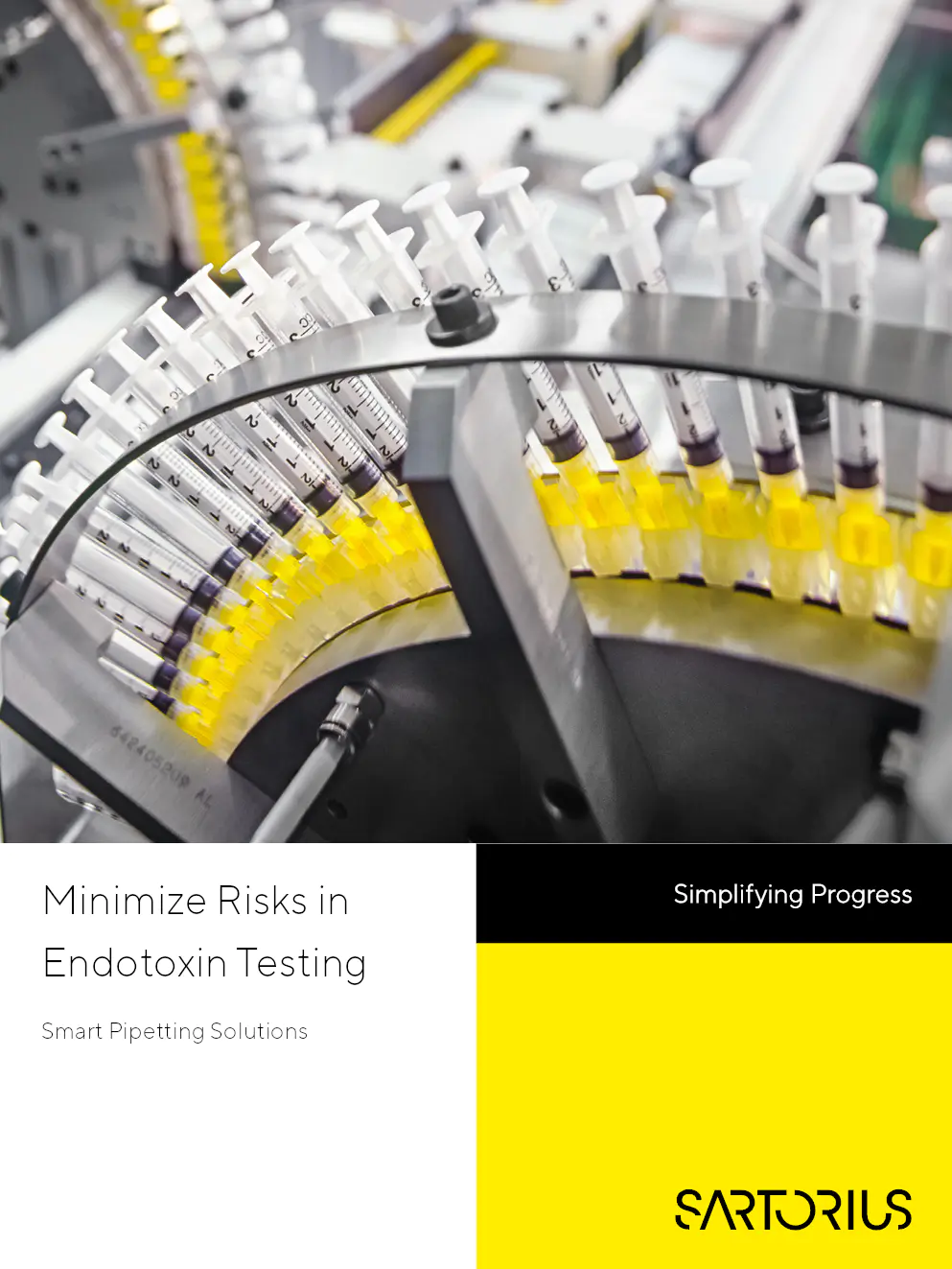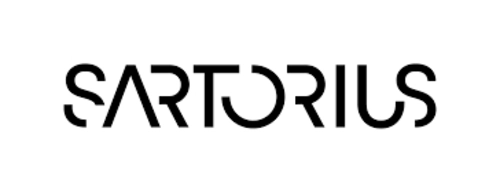minimize risks in endotoxin testing avec smart pipetting solutions
document sur les pipettes sans endotoxines pour des tests fiables

Contenu du document
Minimize Risks in Endotoxin Testing
Smart Pipetting Solutions
- Are You Testing Your Medical Devices with Endotoxin-Free Pipette Tips?
- Guarantee Consistently Reliable Endotoxin Testing Results with Purity-Certified Pipette Tips
Endotoxins can be a risk to patient safety. Even a low endotoxin concentration in the blood stream can produce inflammation in the human body; therefore, preventing endotoxin exposure to your patients is important.
To prevent patient exposure to endotoxins, frequent and reliable testing for endotoxin levels on medical devices is required. The LAL method, for example, is a reliable test method used to guarantee patient safety and the risk-free use of medical devices. An alternative method is the recombinant Factor C (rFC) assay that is completely animal-free.
Depending on the intended use, US Pharmacopeia (USP) chapter 161 states that all final sterilized products, such as medical devices, must be tested for endotoxin levels, usually by batch, and describes endotoxin release limits as follows for products that come into contact with:
- the cardiovascular system or the lymphatic system – 0.5 EU/mL or 20 EU/device
- the cerebrospinal fluid - 0.06 EU/mL or 2.15 EU/device
New Application Note: Are You GLP/GMP Compliant When it Comes to Pipetting
Are you following methods for current Good Laboratory Practice (cGLP) or current Good Manufacturing Practice (cGMP)?
Our new application note introduces tools and principles that can help you with these demanding requirements, especially when it comes to your pipetting practices. A pipette is a precision measuring apparatus that has a significant influence on your lab results, but it can also be your companion in ensuring compliance.
Endotoxin Facts - What You Need To Know
What Are Endotoxins and Where Do They Enter the Life-Cycle?
Endotoxins are lipopolysaccharide complexes natively located on the outer membrane of Gram-negative bacteria. They can cause several clinical conditions, of which the most severe example is septic shock. Endotoxins, as a product of bacterial death, can be found wherever bacterial growth is possible. Inactivation and destabilization of endotoxins are difficult because they have high heat-tolerance and the ability to tolerate extreme pH values. Also, their removal is tedious as the lipopolysaccharides contain a hydrophobic lipid moiety and a hydrophilic phosphate group.
Therefore, the most effective way to achieve an endotoxin-free level for products is to avoid exposure to the possible sources of endotoxins in the first place. Laboratory consumables as a source of endotoxin contamination should be taken seriously, as it has been shown endotoxin contaminated test tubes can compromise the reliability of clinical biomarker assay measurement (Newhall et al. (2010). Evidence for Endotoxin Contamination in Plastic Na+-Heparin Blood Collection Tube Lots. Clinical Chemistry 56; 1483–1491).
Pipetting in Endotoxin Testing
The Effects of Endotoxin Contamination
Did you know that endotoxin contamination of lab consumables can influence your assay results?
Pipetting is an integral part of the endotoxin testing workflow for medical devices. To minimize potential sources of endotoxin contamination, use endotoxin-free consumables, such as pipette tips, within the testing workflow.
Pipette tips that are not manufactured in an automated process can contain endotoxins that cause false endotoxin test results and contaminate samples. Highly automated processes minimize human contact with the raw materials and the final product during the entire manufacturing process, thus minimizing endotoxin contamination risk. Sartorius pipette tips are manufactured in a highly automated process and in a clean room environment, and go through a lot-specific testing with an endotoxin test limit.
Entreprise(s) concernée(s) :
Document protégé
Document uniquement accessible aux visiteurs connectés
Pas encore de compte ?
Inscrivez-vous
Déjà un compte ? Cliquez ici pour vous connecter
Connectez-vous







